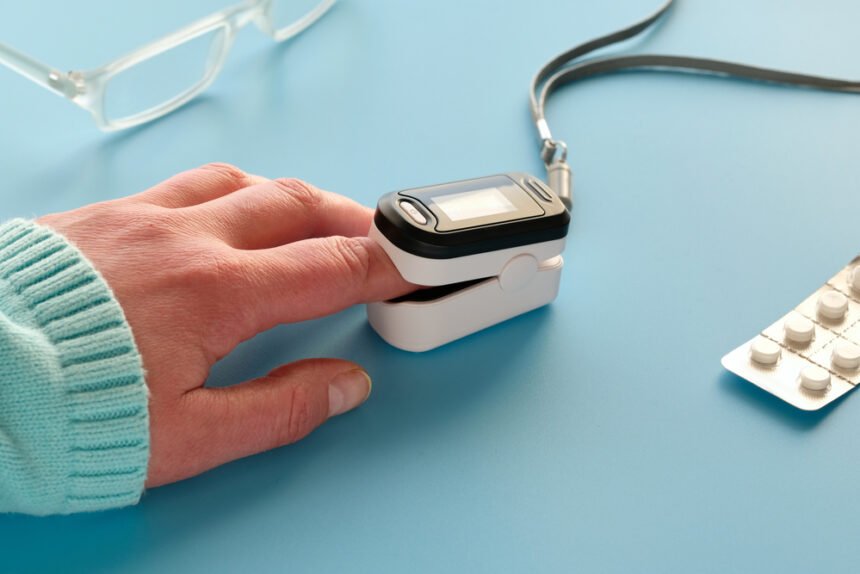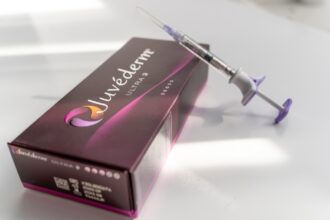Every day, there are cases of technological advancements. There are several devices developed to facilitate the medical sector across the nations. One device introduced through technology into the medical field is the pulse oximeter. We use a pulse oximeter for pulse oximetry, which is a painless test conducted to measure the oxygen levels in your blood. We use the pulse oximeter to measure your oxygen saturation level.
One of the interesting facts about this device is that it can detect changes irrespective of how little they are. Through the use of a pulse oximeter, you can find out how oxygen gets carried from the heart to extreme parts of the body.
Are you wondering what giant device performs this intense and amazing task? The pulse oximeter is not a big device at all. In fact, it is a small clip- like device. As explained earlier, technology has become advanced to the level that even the tiniest device now performs an incredible task. All you need to do is get this clip-like device fixed to a body part, like an earlobe, fingers, or toes. Although it gets used in cases of critical or emergency care when it is imperative to check the oxygen level of the patient, some doctors such as pulmonologists may use the device in their offices.
Purposes of a Pulse Oximeter
The primary purpose of a pulse oximeter is to check and monitor the oxygen level of the heart. This device is used to check how well your heart is performing its duty of pumping oxygen through the body.
Apart from this primary purpose, the pulse oximeter is also used to monitor the health of individuals with diseases or illnesses that may affect the pumping of oxygen through the body. Simply put, this device is used to monitor the health of patients with different health conditions that may affect blood oxygen levels in the body. A portable pulse oximeter goes a long way to perform essential health checks as and when needed.
Some typical health conditions that may affect the blood oxygen levels in the body include:
- Lung cancer
- Anemia
- Congenital heart defects
- Chronic Obstructive Pulmonary Disease (COPD)
- Asthma
- Heart attack or heart failure
- Pneumonia
Uses of a Pulse Oximeter
Apart from the above purposes of a pulse oximeter, there are several uses or relevance of the device to the overall health. Some of these crucial uses or importance include: –
- Assessment of how effective the prescribed lung medications are.
- Evaluation of breathing to show if you need help.
- Monitoring oxygen levels both during and after surgical procedures that involved sedation.
- Assessment of your tolerance to increased physical activities
- Evaluation of sleeping patterns to decide whether you need help with breathing. For instance, the device may become used to know whether you stop breathing while sleeping (sleep apnea).
- The device gets used as an oxygen therapy follow up
- The device is used to evaluate the effectiveness of ventilators.
How does the Pulse Oximeter Work?
Every human body needs oxygen to survive. Without this vital element called oxygen, the cells in the body will malfunction and eventually die, which will lead to the death of the cell, organ or the individual.
Therefore, it is imperative that as an individual; you take your overall health as a priority. That means that it is important that you go for regular health check-ups in the hospital. Sometimes, the doctor advises that you have your pulse oximeter at home.
All you have to do is understand how it works and the procedures attached to using the pulse oximeter. As explained earlier, the pulse oximeter is a clip-like device that helps to measure the oxygen levels or oxygen saturation in the body. You may attach the device to your finger, toe, foot, wrist or any area where the device can easily reach blood flow.
The pulse oximeter works in such a way that after it has become clipped on to a part of the body, it sends a light through a transparent area of the body. A part of the device shines the light through the body while the other part detects the oxygen levels. It is worthy to note that the pulse oximeter itself does not directly measure the oxygen saturation. Instead, it makes use of data and a complex equation to get the exact level of oxygen in the body.
Factors that Reduce Reading Accuracy
To a large extent, the pulse oximeter is very accurate and effective. However, certain factors may limit the accuracy of the readings. These factors include: –
- Interference from external light or colour. For instance, nail polish.
- Poor circulation of blood or chilly hands
- Changes in pulse
- Lipids in blood plasma
- Carbon monoxide poisoning
Apart from the limitations caused by these factors, a reasonable level of accuracy can become expected from the pulse oximeter. It is essential to know that using the device does not cause any serious risk to you when used. However, its prolonged use may cut off oxygen from vessels surrounding the area where it got fixed. Hence, leading to numbness, changes in the skin colour, or tingling. If you experience any of these, the best option is to notify your doctor immediately.
Other side effects include skin sensitivity and redness. Before you use the pulse oximeter, make sure you get proper orientation from your doctor on how best to use the device. That way, you can become assured of getting the accurate reading and reduce health anxiety.
Takeaway
Since the pulse oximeter can get used in both inpatient and outpatient settings, it is crucial that you notify your doctor in case you notice any changes. For instance, if you have a low reading which shows that there is a need for more oxygen, your doctor can give you the steps or procedures to follow. That way, you get to have more insight on how often you need to take your readings and also what to do if the readings go above or below the expected range.







